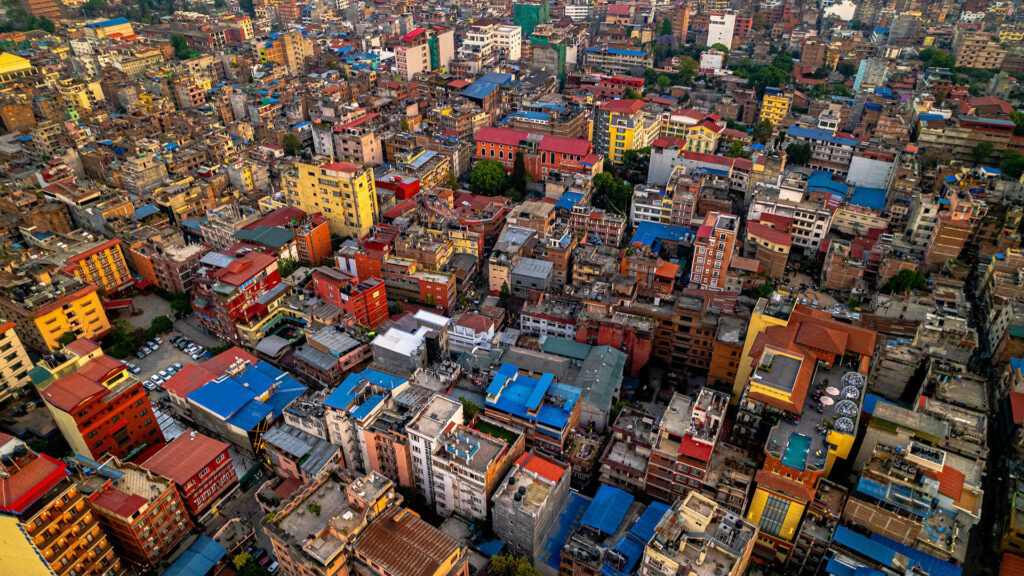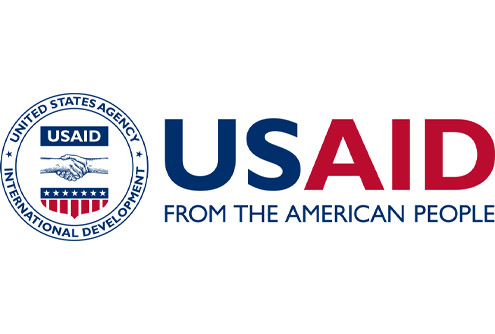Background to displacement
Dozens of mixed informal settlements surround Kathmandu. While many people living in these communities are displaced as a result of conflict and disasters, others have relocated in pursuit of livelihood opportunities. After surveying over 50 mixed informal settlements in the Kathmandu Valley, NSET chose to work with a community located on an unplanned settlement on public property between the Bagmati Corridor Road and Bagmati River. The population has a precarious legal status and faces multiple disaster risk factors. There are no active DRR activities in the settlement.
The community-level survey showed flash floods are the most significant threat, followed by seismic risk and poor sanitation. 83% of respondents have been affected by disasters, including loss or damage to homes, illness, injury, or loss of livelihoods. A lack of awareness and education about disaster risk is reported as a barrier to building resilience. Displaced people also face challenges regarding their legal status and potential eviction by the government.
Unfortunately, at the time the community survey was being conducted, a flash flood did occur. On 6 September 2021, the Bagmati river burst its bank amidst heavy rain and the drainage system could not cope. At 4am the community were woken by flood water entering their homes (approximately 30% of the houses were affected) and to a submerged settlement. NSET were able to respond quickly, based on their research work with the community. This changed the relationship between community and government, leading to closer contact.

